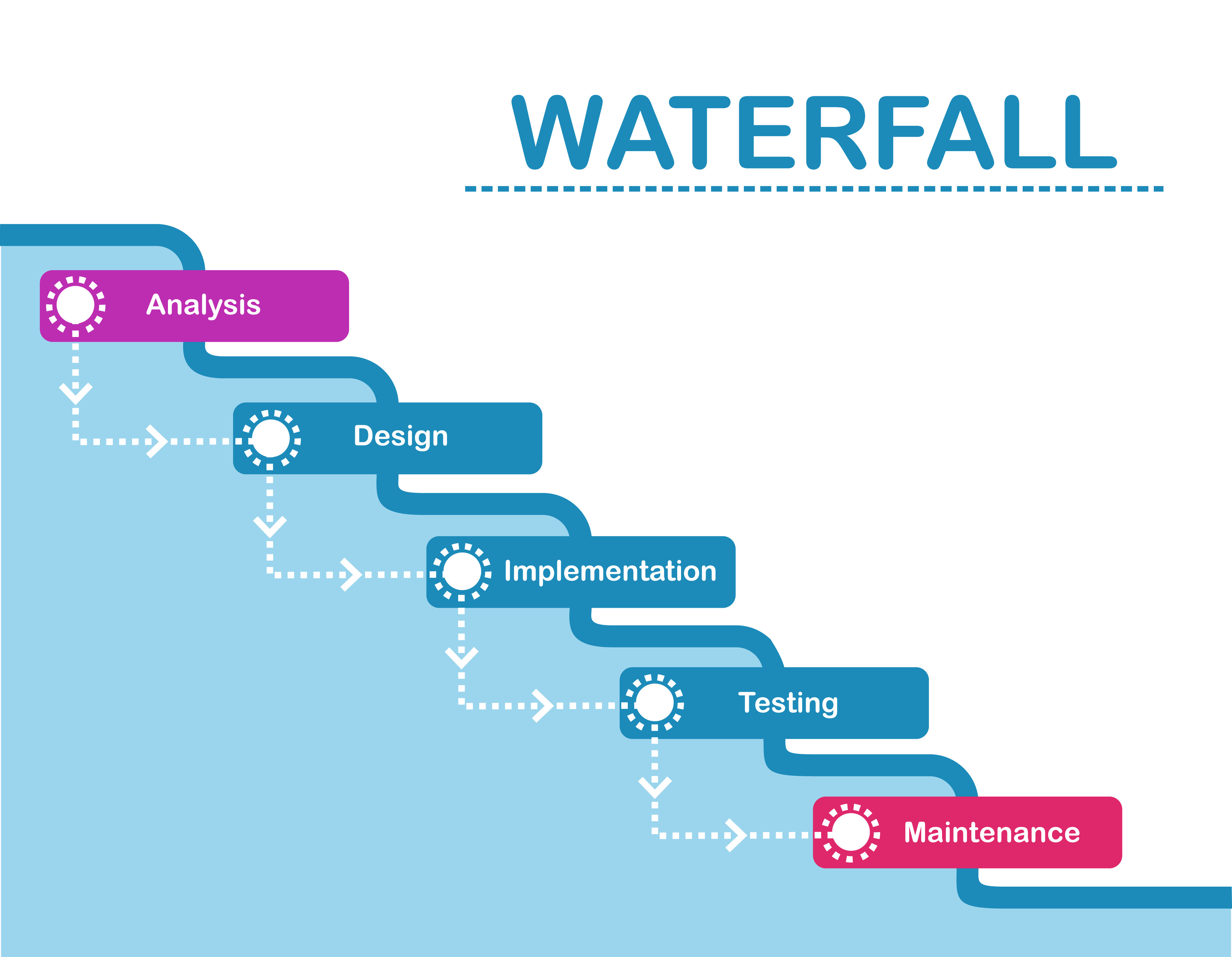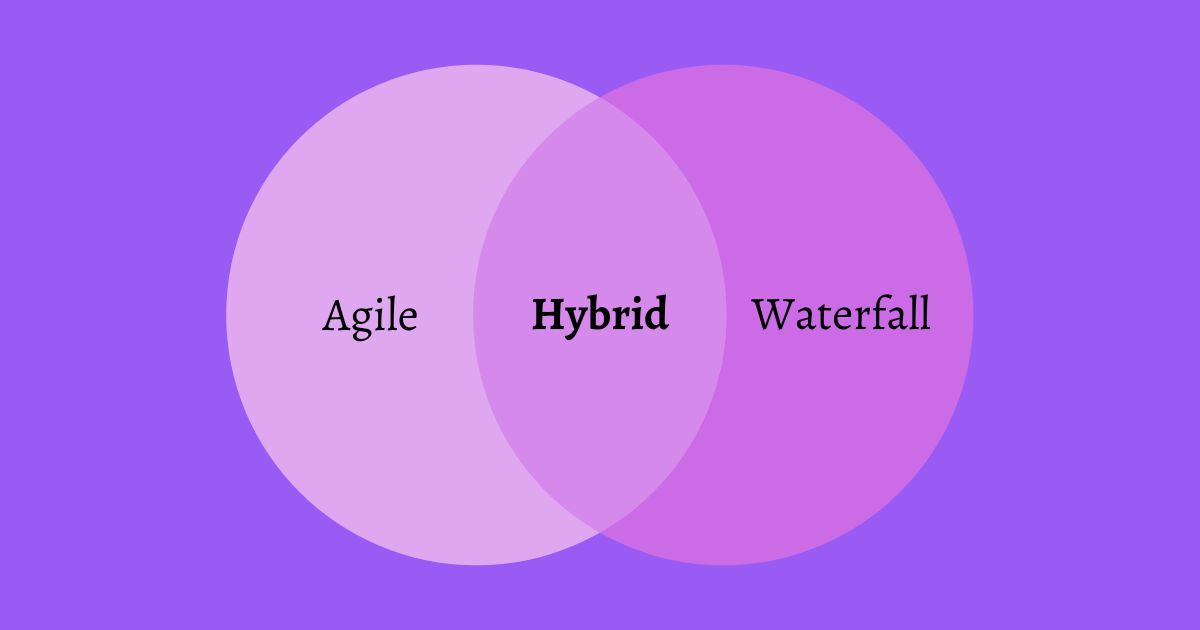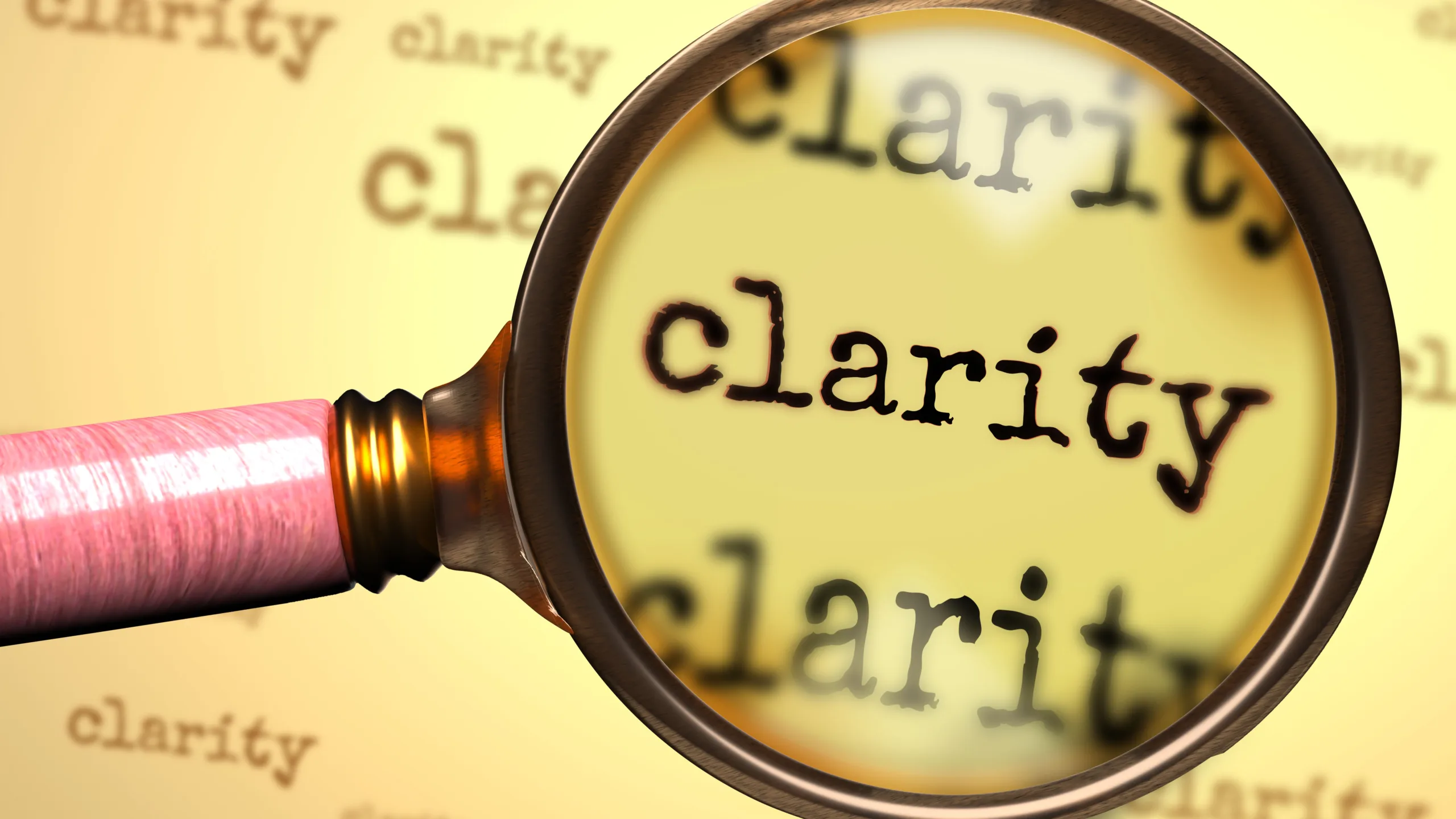Hybrid Project Management: Merging Agile and Waterfall Approaches
9 min read

Imagine you're tasked with planning a road trip. The destination is clear, but the route? Well, that’s where things get tricky. You know some roads will be smooth, others will be bumpy, and there’s a chance the weather could throw a curveball. Some stretches of the journey might require a well-defined map, while other parts will need you to take a detour or make quick decisions on the fly.
This is exactly what project management often feels like—where some parts of the journey are predictable, while others are bound to surprise you. As project managers, we’re all constantly navigating these twists and turns, choosing the right path depending on what the road (or project) throws our way. And this is where Hybrid Project Management comes in—offering a way to combine the well-planned route of Waterfall with the flexible, adaptive nature of Agile.
For years, Agile and Waterfall have been positioned as the ultimate "either/or" when it comes to project management. It’s like saying you can either take the scenic highway or stick to the safe, predictable main road. But what if you could do both? What if the best approach is to use each method when it fits best and blend them into something better than the sum of their parts? This is where Hybrid Project Management steps in—an approach that lets you take the strengths of both methodologies and tailor them to your project’s unique needs.
The Best of Both Worlds: Agile vs. Waterfall
Before we dive deep, let's quickly revisit what each methodology brings to the table.
| Aspect | Agile | Waterfall |
| Approach | Iterative, flexible, adaptive | Linear, sequential, rigid |
| Project Phases | Phases overlap and iterate (e.g., planning, development, testing, review) | Phases are distinct and follow a strict order (e.g., requirements, design, development, testing, deployment) |
| Flexibility | Highly flexible, changes can be incorporated at any stage | Limited flexibility; changes are costly and difficult once a phase is completed |
| Team Collaboration | Continuous collaboration and feedback throughout the project | Communication typically occurs at the beginning and end of phases |
| Documentation | Minimal documentation; focus on working software | Extensive documentation required at each phase |
| Customer Involvement | Frequent customer feedback and collaboration throughout | Customer is involved mainly at the beginning and end |
| Delivery | Incremental, delivers small portions of functionality over time | Final product delivered at the end of the project |
| Risk Management | Risks are managed and mitigated through regular iterations and feedback | Risks are identified upfront and difficult to adjust as the project progresses |
| Project Duration | Typically shorter, with iterative cycles (sprints) for continuous improvement | Typically longer, with longer phases before delivery |
| Suitability | Ideal for projects with evolving requirements, such as software development | Ideal for projects with well-defined and stable requirements, such as construction or manufacturing |
| Tools | Jira, Trello, Scrum, Kanban, Asana, Middleware, etc. | Microsoft Project, Gantt charts, Waterfall templates |
| Speed of Delivery | Faster delivery of functional products in increments | Slower, as the product is delivered only at the end |
| Testing | Continuous testing throughout the project | Testing phase occurs after the development phase is complete |
| Project Scope | Flexible and evolving as the project progresses | Fixed scope defined at the beginning of the project |

Waterfall
Waterfall is like your classic, step-by-step road map. It's structured, clear, and upfront. You plan the entire route before you even get in the car. It’s ideal when the destination is clear, the path is well-known, and you’re unlikely to hit major bumps along the way. Think of industries like construction or traditional product manufacturing, where everything needs to be sequenced in a specific order and is unlikely to change mid-project.

Agile
Agile on the other hand, is more like navigating with a GPS that helps you make changes as you go. It thrives on flexibility and adaptability. You don’t know exactly how long the trip will take or if there will be detours. Instead, you make adjustments, take smaller routes, and plan your next move iteratively. Agile is often the go-to choice for software development or projects where requirements evolve rapidly and flexibility is key. Know more about what is Agile Development?
But what if your project has elements that need detailed upfront planning (like a construction project), but also require you to adapt to evolving requirements (like software development)? That’s where a Hybrid Project Management approach shines. It lets you tailor the process to your project’s needs, so you don’t have to pick between rigidity and adaptability—you can have both.

Experience seamless reviews and valuable retrospectives with the Middleware Jira Plugin. Gain instant insights into your software engineering productivity directly within Jira—no more waiting hours! Streamline your workflow and access all the data you need in just seconds, with our Jira plugin available on the Atlassian Marketplace.
What Is Hybrid Project Management?

Hybrid Project Management is about blending the strengths of Agile and Waterfall, taking the best aspects of each and combining them in a way that fits the project's specific needs. It’s like knowing when to follow a set path and when to pivot. In practice, this means using Waterfall’s structured, sequential approach for certain parts of a project—like when you’re working on things that are stable, clear, and less likely to change—while embracing Agile’s flexibility for parts of the project where change is inevitable, and iterative work is key.
For example, in a software project, you might start with Waterfall to outline the high-level scope and requirements. This gives you the foundation and clarity you need. Then, as you begin actual development, you may switch to Agile to deliver smaller chunks of work in iterative sprints, adapting based on feedback as you go. It’s about being smart enough to know when to plan for the long term and when to adjust on the fly.
Also: Kanban Project Management for Technical Project Managers
Why Does Hybrid Project Management Matter Now?

If you’re reading this, chances are you’ve noticed that project management isn’t a “one size fits all” game anymore. The complexity of modern projects—whether you’re managing a global marketing campaign, a new product launch, or a tech transformation—demands a more nuanced approach. Hybrid Project Management is becoming the answer to this complexity for a few key reasons:
Flexibility in the Face of Change: Let’s face it: change is inevitable, especially in industries like tech, marketing, or healthcare. With Hybrid Project Management, you’re not stuck with a rigid plan. You can start with Waterfall to build a solid foundation, then pivot and adapt using Agile when you encounter shifts in scope or unexpected hurdles. This flexibility makes it easier to respond to changes in both the internal and external environments without losing sight of the project’s end goal.
Tackling Complex Projects: Large, multifaceted projects, like developing an enterprise software solution or launching a new product, may require a mixture of both methods. Different teams or phases of the project might need different approaches. Waterfall can provide the structure needed for detailed planning, while Agile’s flexibility allows the development team to adjust and respond to new insights along the way. Hybrid Project Management allows you to cater to those different needs seamlessly.
Better Risk Management: Hybrid Project Management can help mitigate risks more effectively. Waterfall’s planning phases help you spot potential risks early, while Agile’s iterative approach allows you to deal with them more quickly. If something goes wrong in an Agile sprint, you can adjust, rather than finding out at the end of the project that your initial plan was off-target.
Collaboration is Key: A hybrid approach encourages teams to collaborate across methodologies, mixing structured documentation and communication (from Waterfall) with the collaborative, dynamic team interactions that Agile promotes. This leads to smoother project flow and more engaged team members.
Also read: Streamlining Agile Project Management with Jira: A Practical Feature Guide
How to Make Hybrid Project Management Work for You?
Adopting a hybrid approach is not as simple as picking up a few tools from both methodologies and calling it a day. It requires careful planning, thoughtful integration, and, most importantly, a focus on the unique needs of your project.
Here are a few tips to get started:
Start with Clarity

Understand the big picture and set clear objectives. What needs to be structured and planned upfront, and where can flexibility be introduced? Understanding the project’s needs at a high level helps you figure out where Agile or Waterfall will shine.
Iterate When Necessary

Don’t be afraid to switch from Waterfall to Agile (or vice versa) when it makes sense. This is a journey, not a rigid formula. Adapt as you move forward.
Communicate Clearly

Communication is the glue that holds the hybrid approach together. Make sure there is continuous dialogue between teams working in both methodologies to prevent misalignment and ensure everyone is on the same page.
Use Agile for Development, Waterfall for Planning

You can structure the early phases of a project with Waterfall (to establish goals, scope, and milestones) and use Agile to handle the execution, where iteration and flexibility are more important.
Wrapping It Up
In today’s world of project management, the one-size-fits-all approach is increasingly becoming a thing of the past. Hybrid Project Management offers the flexibility to navigate complex projects by combining the best of both worlds—Agile and Waterfall. It's about knowing when to follow the well-trodden path and when to take a detour based on what’s working (or not).
Whether you’re dealing with a massive software overhaul or launching a new marketing initiative, using a hybrid approach allows you to customize your approach based on the nature of your project, keeping things both structured and flexible. So, next time you’re faced with a challenging project, don’t be afraid to mix the best of both worlds—it might just be the most efficient road to success.

Experience seamless reviews and valuable retrospectives with the Middleware Jira Plugin. Gain instant insights into your software engineering productivity directly within Jira—no more waiting hours! Streamline your workflow and access all the data you need in just seconds, with our Jira plugin available on the Atlassian Marketplace.
FAQs
What is Hybrid Project Management?
Hybrid Project Management combines the structured, sequential approach of Waterfall with the flexibility of Agile. It tailors project management methodologies based on the unique needs of different phases or aspects of a project.
Why use a Hybrid approach in project management?
The Hybrid approach allows project managers to leverage the strengths of both Agile and Waterfall, adapting to the needs of the project. It ensures flexibility in handling changes while maintaining the discipline of a well-defined plan.
When is Hybrid Project Management most effective?
It is most effective in complex projects that have both clear, stable requirements and elements that need flexibility. For example, in software development where some phases require rigorous planning and others demand iterative, adaptive work.
What are the key benefits of using Hybrid Project Management?
It offers a balance between predictability and flexibility, allowing for better risk management, faster adaptability to changes, and more accurate tracking of both progress and resources throughout a project.
